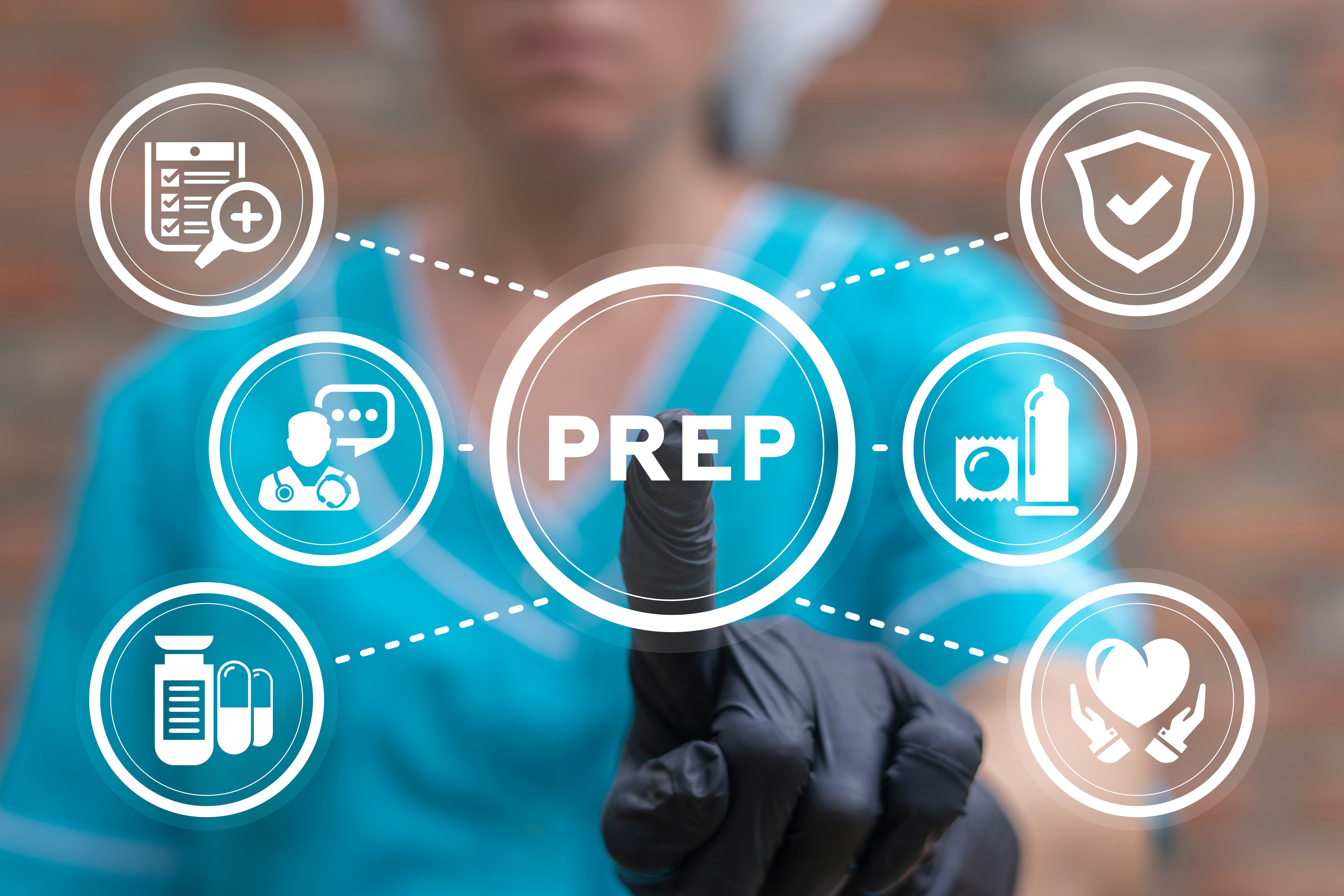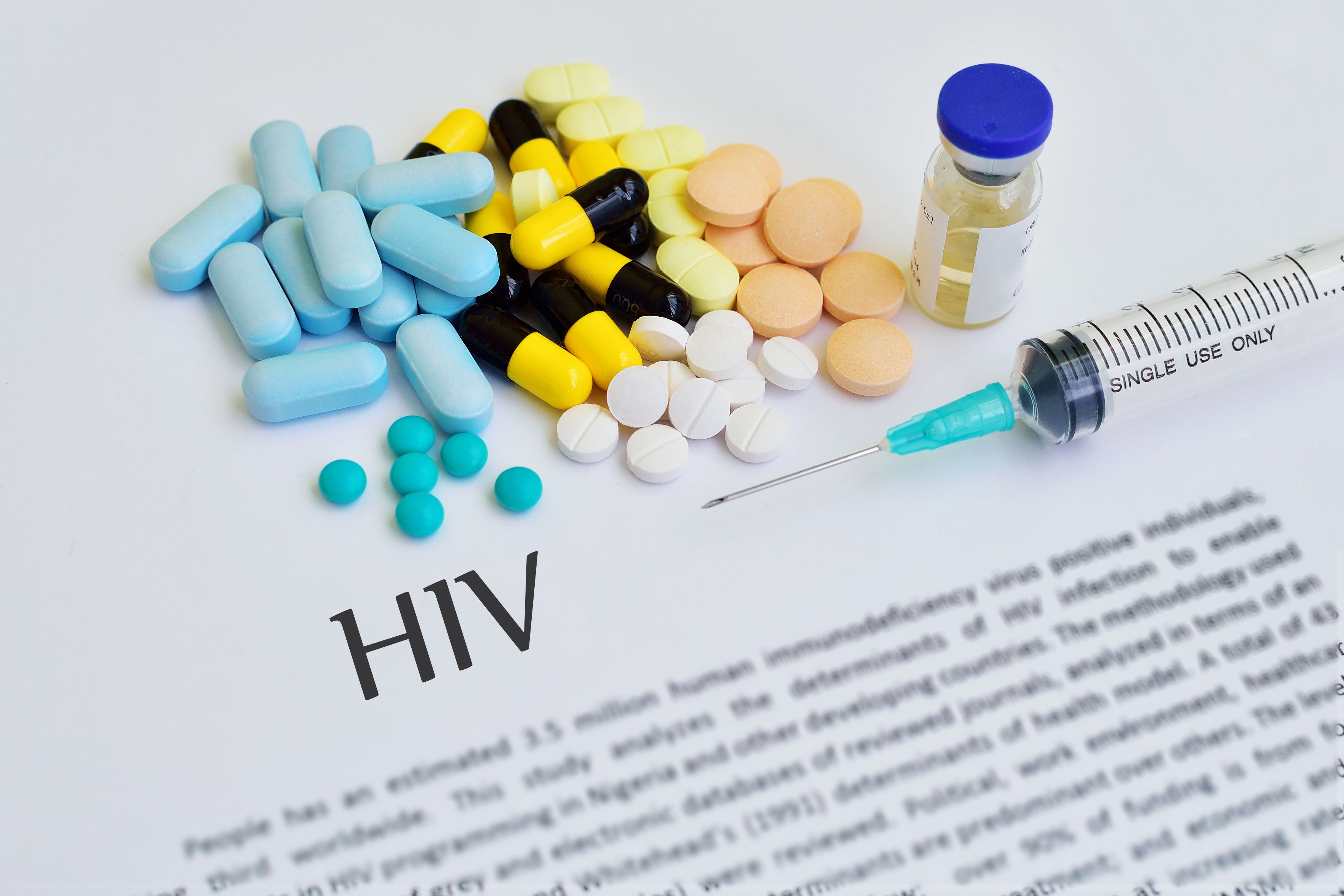Article
Disparities in HIV Prevention: New Data Reveal Racial and Regional Gaps in PrEP Usage
Author(s):
New data from AIDSVu show significant disparities in the usage of HIV pre-exposure prophylaxis (PrEP). Black and Hispanic/Latinx Americans are underrepresented among PrEP users, despite accounting for a significant portion of new HIV diagnoses.
A version of this article was originally posted on Contagion Live. This version has been lightly edited.
It is an unfortunate reality that the communities most susceptible to an infectious disease are also the least likely to have access to necessary care and treatment.
New data, published by AIDSVu, revealed the 2022 usage of HIV preexposure prophylaxis (PrEP) by race and ethnicity across the United States.
PrEP is a medication, taken either orally or given as a shot, that prevents HIV infection. When taken as directed, PrEP can be over 99% effective at reducing the risk of sexually transmitted HIV.
The number of PrEP users continues to increase, up 20% from 2021 to 2022. However, the CDC reports that 1.2 million additional Americans could benefit from taking PrEP.
According to the AIDSVu findings, there are significant disparities in PrEP usage. In 2021, Black Americans accounted for 42% of new HIV diagnoses, but only 14% of PrEP users in 2022. Hispanic/Latinx people represented 27% of new HIV diagnoses and 17% of PrEP users, while White people made up 26% of new HIV diagnoses and 64% of PrEP users.
Broken down by region, the data revealed the US South accounted for 52% of new HIV diagnoses but only 38% of PrEP users. Of the 5 states with the greatest unmet need for PrEP, Puerto Rico, Mississippi, South Carolina, Alabama, and West Virginia, 4 were in the US South. Additionally, for every new HIV diagnosis in the US Northeast, there were 22 people on PrEP. In the South, there were only 10 PrEP users for every new HIV diagnosis.
Black people made up 48% of new HIV diagnoses but only 21% of PrEP users in the South; in the Midwest, Black people represented 48% of new HIV diagnoses and only 12% of PrEP users. In the Western US, Hispanic/Latinx people comprised 46% of new HIV diagnoses but only 23% of all PrEP users.
There are also gender disparities in PrEP usage. AIDSVu reports 92% of PrEP users are male and 8% are female, but women accounted for 18% of new HIV infections.
“PrEP-to-Need Ratio (PNR) is the ratio of the number of PrEP users in 2022 to the number of people newly diagnosed with HIV in 2020,” AIDSVu explained. “It is a measurement for whether PrEP use appropriately reflects the need for HIV prevention. A lower PNR indicates more unmet need.”
PrEP is a highly effective prevention option, but getting tested for HIV is the first step. “If an individual is diagnosed with HIV, they move into the HIV care continuum and start treatment as soon as possible with the goal of achieving viral suppression,” explained AIDSVu. “If the individual tests negative, they move into an HIV prevention continuum, which consists of understanding their risk of HIV exposure, learning about PrEP, and discussing HIV prevention strategies with a healthcare provider. Following those discussions, some people will start using PrEP, while others may be guided toward other prevention methods, such as condom use and more frequent HIV testing.”





